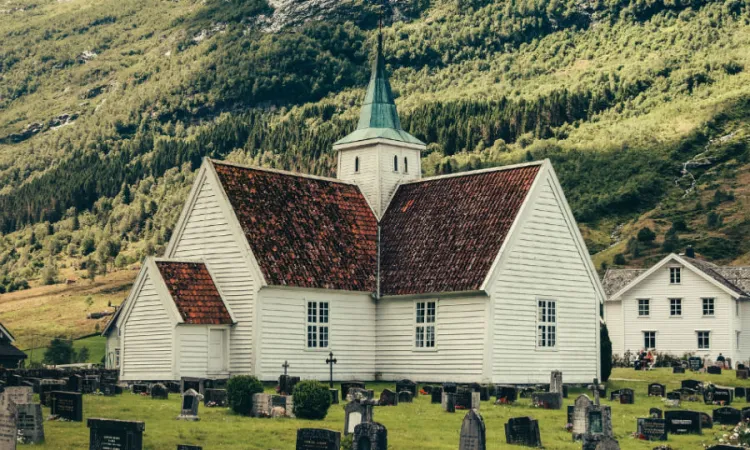In 135 A.D., the Roman emperor Hadrian tried to stop this continual procession of believers to the empty tomb of Jesus. He built a pagan temple over the place. But, he could not destroy the memory of this most hallowed place. In fact, his act of desecration actually provided an historical marker to locate the tomb of Jesus. In the fourth century, the Emperor Constantine removed the pagan temple and built the first church on the site.
The recent uncovering of the tomb of Jesus brings back into focus the Christian tradition of burying their beloved dead as Jesus had been buried – in a grave in a cemetery. In light of the widespread changes in the way that funerals are conducted today, on Oct. 25, 2016, the Vatican issued the instruction Ad Resurgendum cum Christo (To Rise with Christ). This document aims at guiding Catholics in the proper and respectful way of burying their departed loved ones.
The new instruction links our burial practices with our faith. It says that "the Church continues to recommend strongly that the bodies of the deceased be buried in the cemetery or in another sacred place" (Ad Resurgendum cum Christo, n. 3). This practice follows the example of the way in which Jesus himself was buried. It also expresses our belief in the resurrection. The Church does not "condone attitudes or permit rites that involve erroneous ideas about death, such as considering death as the definitive annihilation of the person, or the moment of fusion with Mother Nature or the universe, or as a stage in the cycle of regeneration, or as the definitive liberation from the 'prison' of the body" (ibid., n. 5). Burying the dead in a cemetery respects the dignity of the body which is an integral part of the human person and becomes, by baptism, the very temple of the Holy Spirit.
According to the instruction, if Catholics choose cremation, the ashes of the deceased are to be treated with dignity. It is not fitting to keep the ashes of the faithful departed in a home. Nor may they be placed in mementos, pieces of jewelry or other objects. The practice of scattering the ashes of the faithful departed in the air, on land, at sea or in some other way is to be avoided. It conveys the appearance of pantheism, naturalism or nihilism. For this reason, it is inconsistent with the Christian faith in the resurrection and, therefore, unfitting (cf. ibid., n.7). The ashes of the faithful departed are to be reserved in a cemetery or sacred place. In this way, as one generation succeeds another, the deceased are remembered by others and included in the prayers of the family of faith.
According to the new instruction, if a Catholic notoriously has requested to be cremated and to have his or her ashes scattered for reasons contrary to the Christian faith a Christian funeral must be denied to that person (cf. ibid., n.8). This denial of a Christian funeral is not to be seen as a punishment. It is not a judgment of the state of the soul of that individual. It is merely the logical consequence of the deceased's own choice not to accept his or her death as a sharing in the death and resurrection of Jesus.
According to our faith, the relationship of love that binds us together in life continues after death. Our loved ones who die before us remain part of the Church. They are joined "in the communion of all the faithful of Christ, those who are pilgrims on earth, the dead who are being purified, and the blessed in heaven, all together forming one Church" (Catechism of the Catholic Church, n. 962). We pray for them. We have Masses offered for them so that, purified of any earthly sin, they may be welcomed into the glory of heaven.


